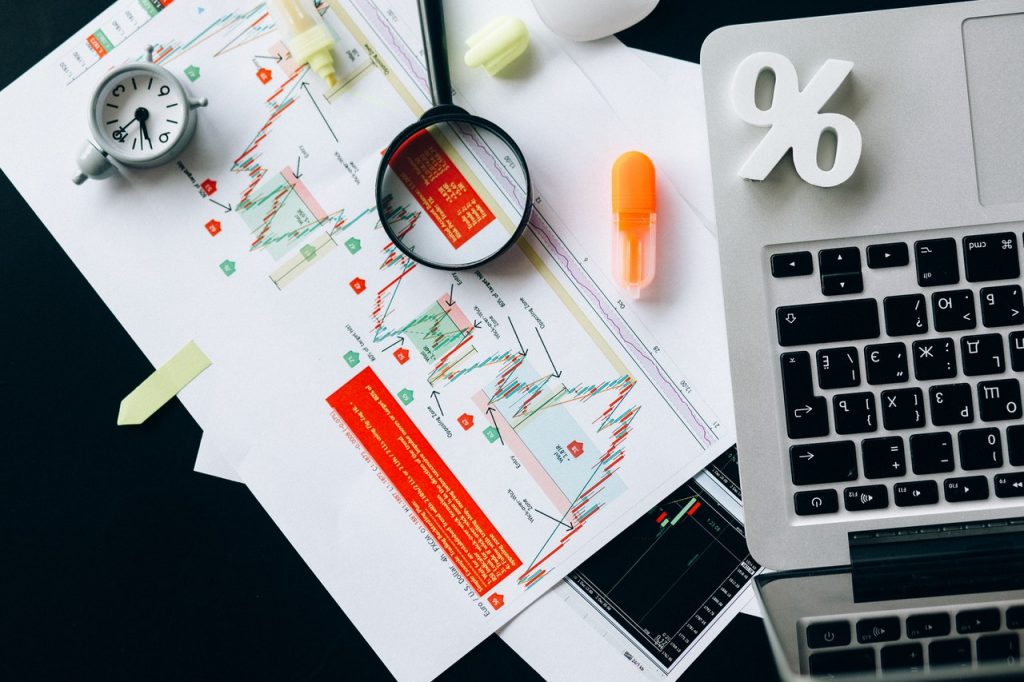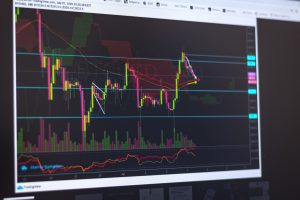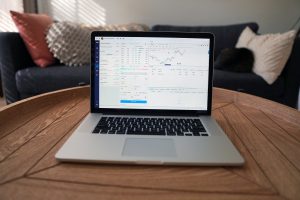When trading, economic numbers such as manufacturing and service PMIs and nonfarm payrolls let you know if you can short or buy currency pairs. Likewise, oil rigs and oil inventories give you information on whether oil investment is good or not. In stock, a CEO’s departure, acquisition, or mergers tell you if you can sell or buy assets.
When trading in the FX market, three accepted methods are used to analyze financial markets. They include Fundamental, sentiment and technical analyses. Deciding on which is the right one solely depends on a trader’s personal preference. This preference is developed from practice and study.
Defining the Analysis Tools
- Fundamental analysis is a study that involves the movement of prices. This movement is what determines the value of an asset.
- Sentiment analysis involves feeling a market’s tone by studying crowd psychology.
- Technical analysis is a study involving trading activity done by using volume, price movement, trends, and patterns.
Each method used to look at the value of an asset has its pros and cons. None of them is also complete without the other. Even so, there are instances that trade will see you rely more on one type of analysis than the rest, thus controlling the risk.
When using technical analysis, the core assumption is that all fundamentals will be factored into the price. They, therefore, become irrelevant. So, there’s no need to pay them any attention. Technical traders aren’t trying to measure the intrinsic value of an asset. Instead, they are trying to use tools like trends, oscillators, and chart patterns to determine an asset’s future movements.
The fundamental analysis depends on micro and macro-economic factors in determining an asset’s short and long-term values. The factors seen when using fundamental analysis are immeasurable in a price chart. An example of those factors includes economic growth, economic strength, and demand/supply.
Sentiment analysis can be seen as more of ‘news reading’ but nearer to ‘price action reading.’ The reason being, a trader c neb fooled by a headline reading. As such, this analysis works best in the short run.
When sentiment analysis is used alone, it can be effective. However, a trader will need patience because news won’t happen daily for all assets; for example, those specializing in currencies might end up making a few trades each week.
Which one is best?
The short answer is that none of them is better than the other. As earlier mentioned, they all have their weaknesses and strengths. However, technical analysis has a superior effect and use because you have to look at charts to enter any trade.
As such, ignoring fundamental analysis could see you getting a news event surprise. Ignoring technical analysis could see you getting affected by key-level price movements. Likewise, ignoring sentiment analysis could see you wrongly enter a trade in an illogical direction.
You will not have taken into consideration the trading community’s mood. It would be best if you were tuned in on the general opinion of events. This impacts price and can thus not be ignored.
So, what’s the best thing to do?
Combine every analysis when trading in an FX market. Some events will affect the market positively or negatively, and you will want to be in the now as soon as they happen.
An example of such an event is Brexit. If you’d traded as the Brexit vote was taking place would have been a major disaster. Here, the fundamental analysis would have stopped you from trading through it. As such, many traders avoided trading GBP in that duration. It was a risky move because the outcome was unpredictable.
Conclusion
Despite viewing the news to see different market indexes hitting their record highs, not many people are willing to risk investing money. Their fears are understandable because not many people would trade mediums that are not clear to them. That is why investors and traders alike need to understand FX trading and using analyses.
You have the option of trying out all the analyses individually to have a feel of what each has to offer alone. Even so, the best thing is to use each of them. Combining all three analyses will result in you getting a holistic strategy.






More Stories
What are cryptocurrency exchange-traded funds?
How to implement contrarian strategies?
Demo Account and The Choice of a Forex Broker